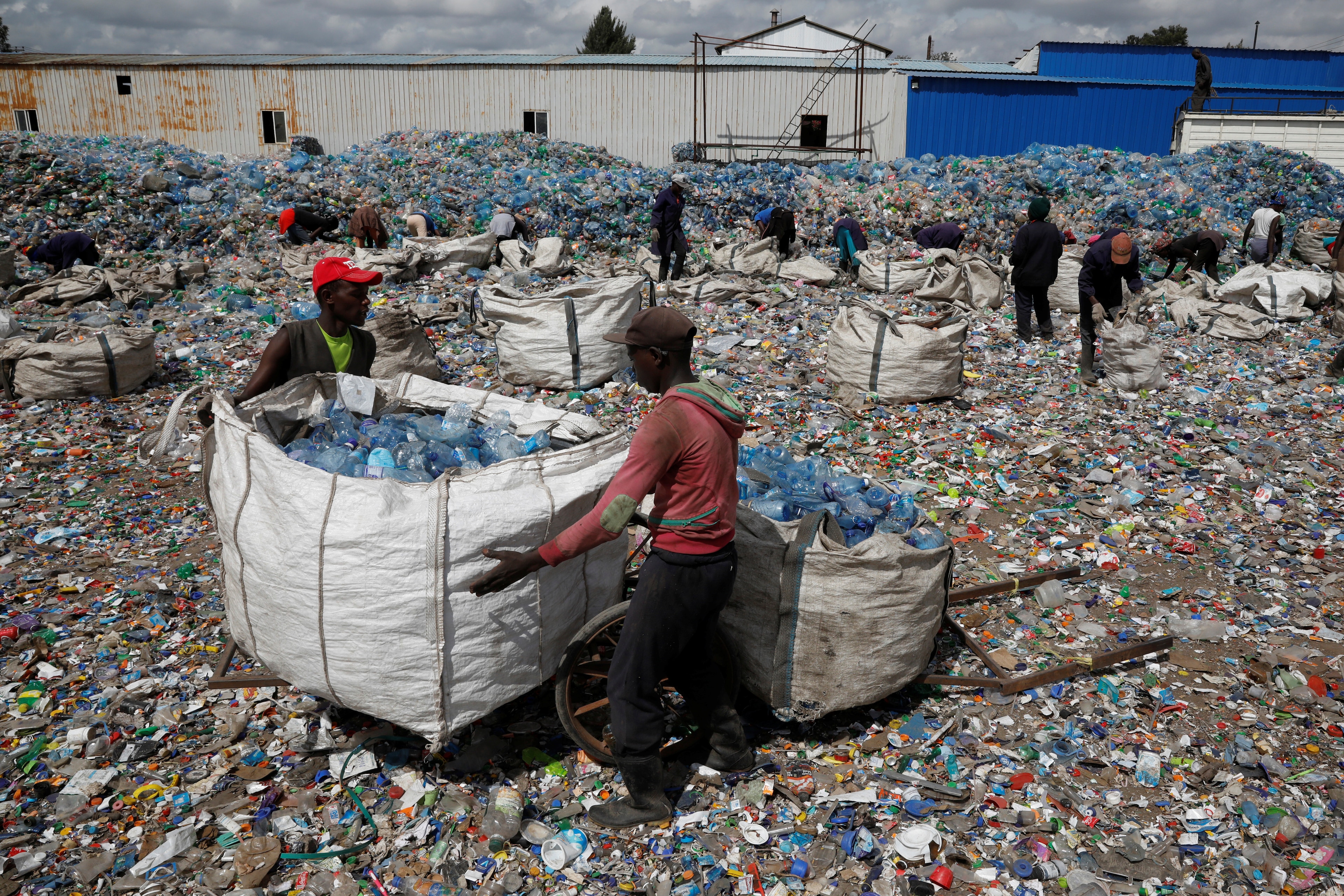Is a water crisis about to hit 2 billion people?

Stay up to date:
Fresh Water
This article is published in collaboration with Thomson Reuters Foundation.
Large swathes of the northern hemisphere, home to some 2 billion people, could suffer increasing water shortages due to shrinking snowpacks, researchers said on Thursday.
Data shows reduced snowpacks – the seasonal accumulation of snow – will likely imperil water supplies by 2060 in regions from California’s farmlands to war-torn areas of the Middle East, according to a team of scientists in the United States and Europe.
In total, nearly a hundred water basins dependent on snow across the northern hemisphere run the chance of decline.
“Water managers in a lot of places may need to prepare for a world where the snow reservoir no longer exists,” said Justin Mankin, the study’s lead author and a researcher at Columbia University’s Earth Institute in New York, in a statement.
Basins in northern and central California, the Ebro-Duero basin in Portugal, Spain and southern France and the Shatt al-Arab basin affecting much of the Middle East including Iraq and Syria count among those most sensitive to changes, the study shows.
In these areas, global warming is disrupting snow accumulation, which acts as a seasonal source of water when it melts, the researchers said.
Still, across most of North America, northern Europe, Russia, China and southeast Asia, rainfall is projected to continue meeting demand, according to the study published in the online journal Environmental Research Letters.
Earlier this year, amid a devastating drought in California, U.S. authorities reported that a dry, mild winter had left the country’s Western mountain snowpack at record low levels.
World leaders will meet in Paris starting this month in a bid to agree on ways to reduce the effects of climate change.
Publication does not imply endorsement of views by the World Economic Forum.
To keep up with the Agenda subscribe to our weekly newsletter.
Author: Sebastien Malo writes for Thomson Reuters Foundation.
Image: Patchy snow covers a meadow in Phillips, California, where the California Department of Water Resources measured the snowpack. REUTERS/Max Whittaker
Don't miss any update on this topic
Create a free account and access your personalized content collection with our latest publications and analyses.
License and Republishing
World Economic Forum articles may be republished in accordance with the Creative Commons Attribution-NonCommercial-NoDerivatives 4.0 International Public License, and in accordance with our Terms of Use.
The views expressed in this article are those of the author alone and not the World Economic Forum.
Forum Stories newsletter
Bringing you weekly curated insights and analysis on the global issues that matter.
More on Nature and BiodiversitySee all
Hu Xiangdong and Felipe Carazo
August 1, 2025
Andrea Willige
July 30, 2025
Tom Crowfoot
July 30, 2025
Oliver Kade and Sarah Hadley
July 28, 2025
Nasim Pour, Sebastien Cross and Joel Gould
July 28, 2025


